by Lawrence J. Zeller, MSPA
If you’ve made contributions to Roth IRAs, you probably know that you didn’t get a tax deduction when you made the contribution. And you probably remember that you have to meet some rules in order avoid paying income tax on the earnings when you take a withdrawal.
In order to avoid paying taxes on your Roth IRA earnings, you first you must meet one of the following:
be at least age 59-1/2;
be totally disabled (under the Social Security definition of total disability);
be a beneficiary of a Roth IRA owner who died; or
be a qualified first-time homebuyer ($10,000 limit).
In addition, you must meet the “5 year rule”, which means that “5 tax years must pass from when the first contribution is made to a Roth IRA”. Thanks to quirky tax rules, there are some interesting twists to how the “5 years” is determined for this rule.
The 5 year period starts on the first day of the year for which the contribution is made. For example, if you made a contribution for the 2015 tax year on April 15, 2016 (the last possible day), it’s treated as having been made on January 1, 2015. Withdrawals could be made as early as January 1, 2020 --only 3 years, 8-1/2 months after the contribution was made, and still meet the 5 year rule!
All Roth IRAs are aggregated, so if any one of them qualifies for the 5 year rule, all of them do. So here’s a practical idea that might be worth considering. If you have only traditional IRAs, consider taking a small amount, say $100, and converting it to Roth, even if you’re not otherwise interested in making Roth IRAs or taking distributions right now. That will get the 5 year rule started for all future Roth IRAs for you, and if you change your mind later about making Roth contributions, you’ll have a head start on meeting the 5 year rule.
Designated Roth accounts under a company’s 401(k) or other retirement plan are a different story. These are counted separately from Roth IRAs, so meeting the 5 year rule in a Roth IRA doesn’t help meet it in your company’s retirement plan. Also, each employer plan is subjected to its own 5 year rule, so meeting it in one plan doesn’t help meet it in another plan. And finally, if you roll a Roth 401(k) account into a Roth IRA, the 5 year rule starts all over again. Even if you had met the 5 year rule in the Roth 401(k), you now start all over again to meet it in the Roth IRA. But if you roll money from one Roth 401(k) to another Roth 401(k), the combined balance is based on whichever account has been around longer for purposes of meeting the 5-year rule.
When converting from a traditional pre-tax IRA to a Roth IRA (or doing a Roth conversion within a 401(k) Plan), the 5 year period starts in the calendar year during which the conversion occurs. Each conversion has its own 5 year clock. If there are multiple conversions, withdrawals are deemed to come from the oldest conversion first (the “FIFO” or “first-in, first-out” rule), which is helpful, because those are the likeliest to meet the 5 year rule.
Withdrawals from a traditional pre-tax IRA are subject to income tax and a 10% penalty if withdrawn before age 59-1/2. But if you convert a pre-tax IRA to a Roth IRA, once you meet the 5-year rule, you can withdraw the amounts attributable to the contribution without penalty. Earnings, however, would still be taxable and subject to the early withdrawal penalty.
Confused? Can’t say I blame you! Tax rules are frequently very detailed, and lengthy tax regulations often result in the rules not applying the way you think they might. As you can see, 5 years can mean a lot of different things regarding Roth withdrawals.
Always feel free to check with us here at Preferred Pension Planning when you have questions about any type of retirement plans.

